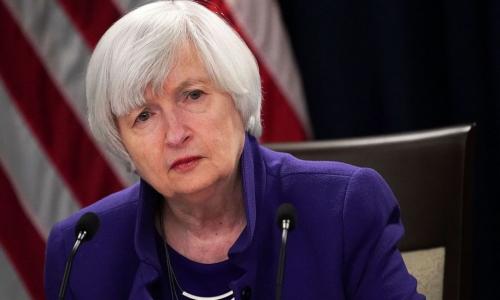The end of the year presents a good time for savers and investors to take stock of their financial position not only because it is a reflective period but because there are some very real financial deadlines associated with December 31. Missing them or not being aware of them could cost you a bundle. Here are a few things that every saver should do in the next couple of weeks, if you haven't done them already.
Estimate your tax burden
The Turbo Tax Taxcaster 2013 allows you to enter some rough calculations to get an estimate of how much you might have to pay or owe. It also shows how items like charitable giving might impact tax situation. Knowing how much you might owe or receive as a refund can help you plan out your next moves going into the next year.
Make any tax deductible gifts that you want.
The holiday season puts people in the mood of giving, which is why there are so many charitable solicitations arriving in the mail. Charitable contributions can be effective in lowering your tax bill, so if you are looking for any last-minute tax deductions, open your wallet or purse and give to your favorite causes.
Consider selling investments that have lost value.
If you need some extra losses to offset gains or income, and have some bad investments that aren't going up anytime soon, then consider selling them before year-end. This year, harvesting losses on can be an even more effective strategy for high-income individuals because of increases in the top income bracket and in long-term capital gains rates:
- The increase in the highest tax rate on long-term capital gains from 15% to 20%.
- A new 3.8% Medicare surcharge for high-income taxpayers that effectively pushes the highest tax on long-term capital gains to 23.8%.
- The increase in the top tax bracket to 39.6% from 35% for ordinary income, nonqualified dividends, and short-term capital gains. With the Medicare surtax the top rate can be as high as 43.4%.
This article from Fidelity has helpful information on tax harvesting strategies.
Use the money in your flexible spending accounts
Don't forget to use the money you have set aside in your flex spending accounts. Now is the time to get that cavity drilled or a new pair of eyeglasses if you have money left over. Any money left over at the end of the year is gone.
If you are over 70 1/2 take your minimum required distribution
If you are over 70 1/2 and have a qualified retirement account (IRA accounts, 401Ks, 457 plans, or other tax deferred plans) then you must start withdrawing money or you will be penalized heavily by the IRS. The amount that you withdraw is determined by an IRS table (view the worksheet here to calculate your required distribution). The penalty for not withdrawing the money is stiff, 50% on the amount that was not withdrawn on time.
Max out your 401K, Roth IRA, or other tax advantaged savings account
Tax deferred or tax free investment vehicles have annual contribution limits. For example, the annual 401K limit is $17,500 while the annual Roth IRA limit is $5,500 ($6,6500 if age 50 or older). Depending on your employer's plan design, you might be able to make additional contributions to the plan to bring it up to the limit, or change your percent of salary steered towards your retirement account. Speak to your HR department to investigate this further.
Check to make sure your savings accounts are earning you the most income.
The end of the year is also a great time to review money held in savings accounts, CDs, and checking accounts to be sure you are earning the highest returns. The same is also true of fixed rate IRA CDs. BestCashCow lists the best rates on various bank accounts the site's Savings Booster Calculator shows how much extra money you can earn by moving your money to a higher paying account.
Taken together, these seven steps will help close out the year on a positive note and ensure that you haven't left any money on the table as you begin the new year.













Add your Comment
or use your BestCashCow account